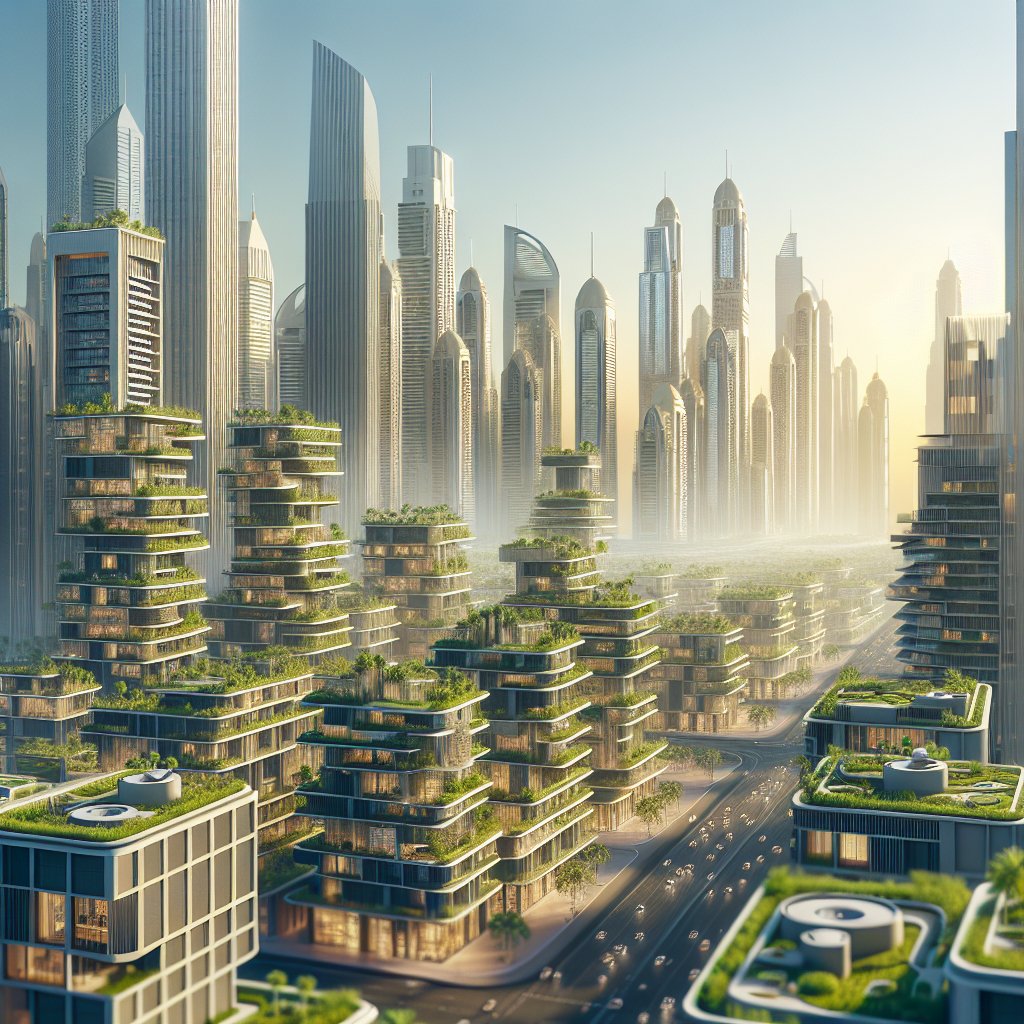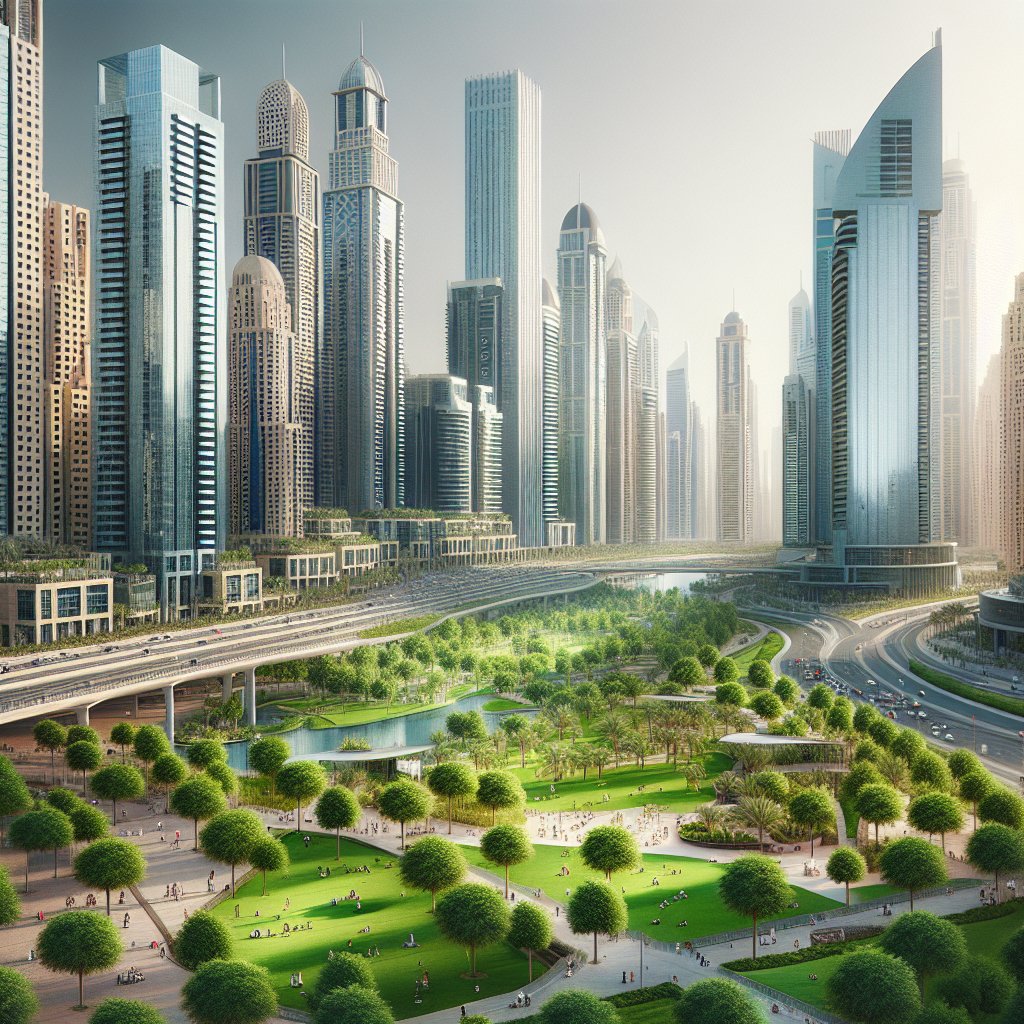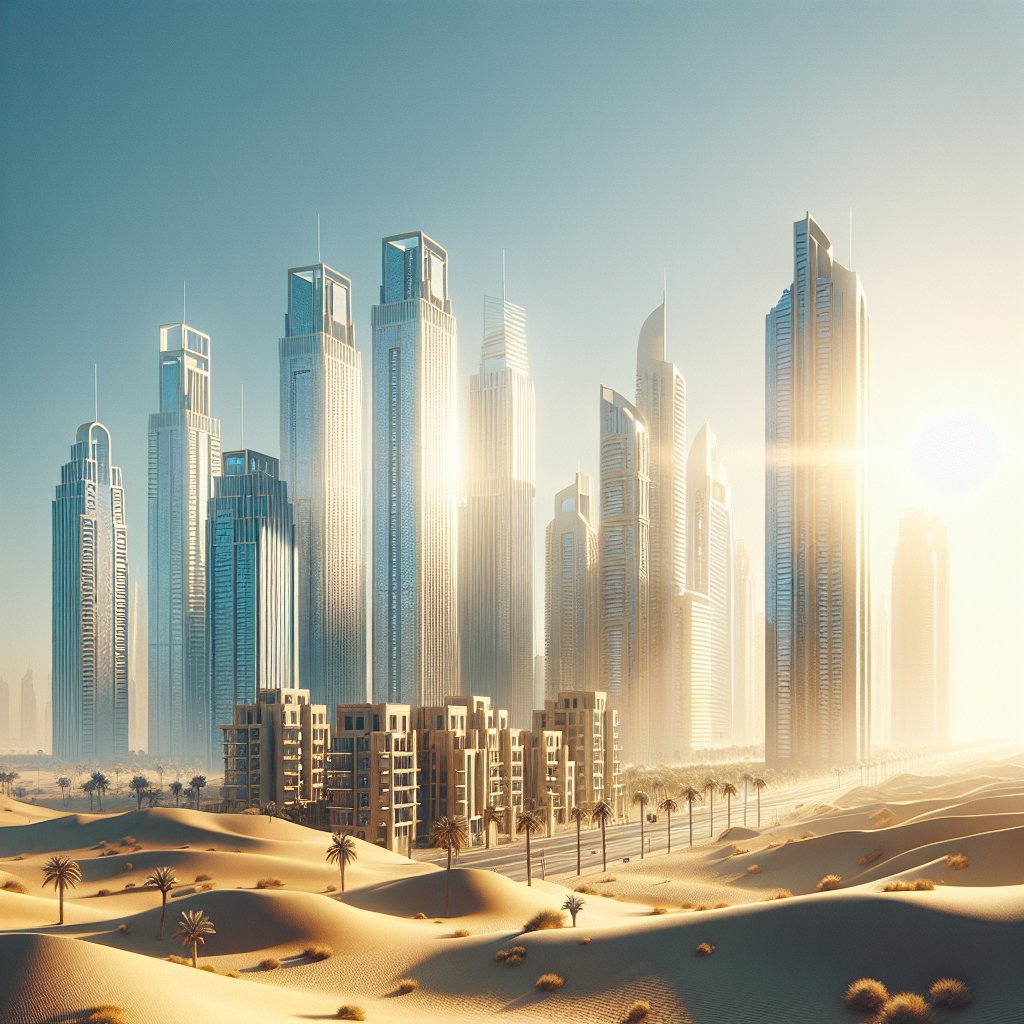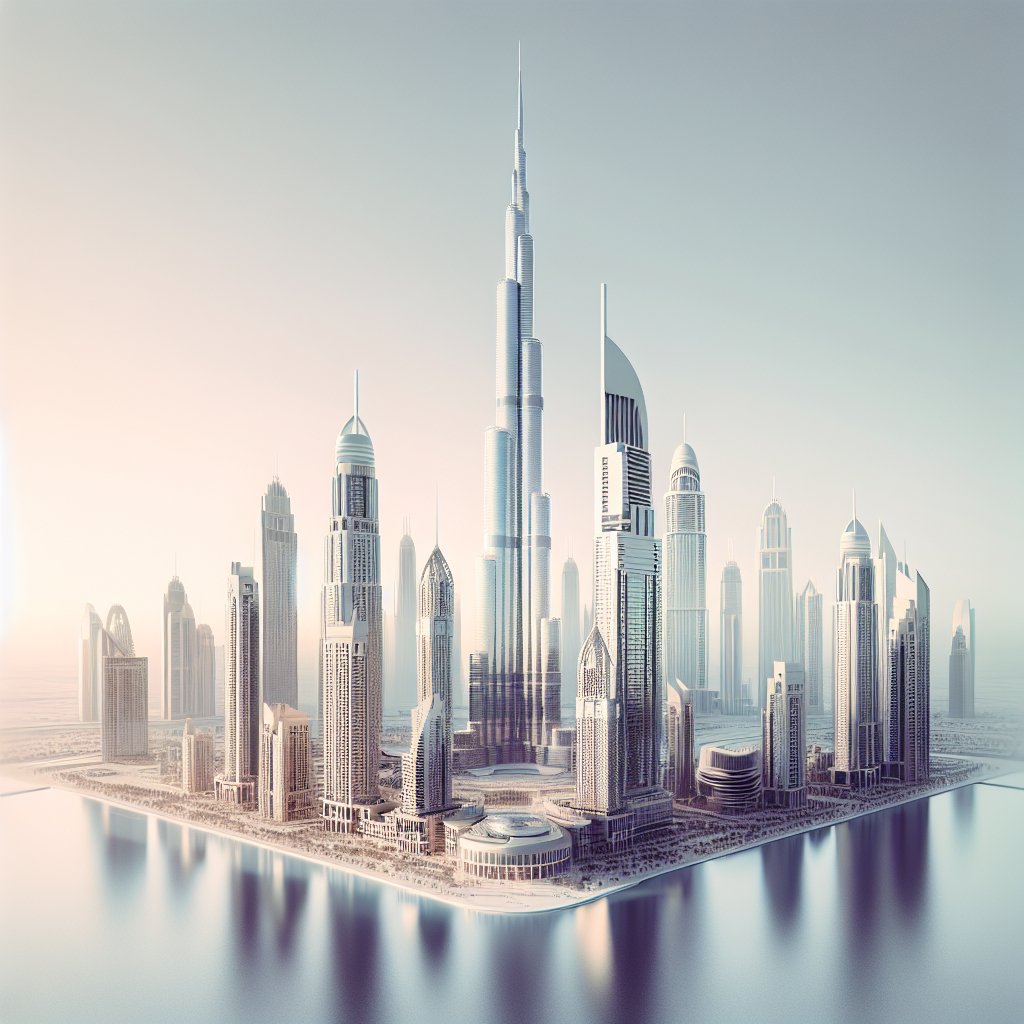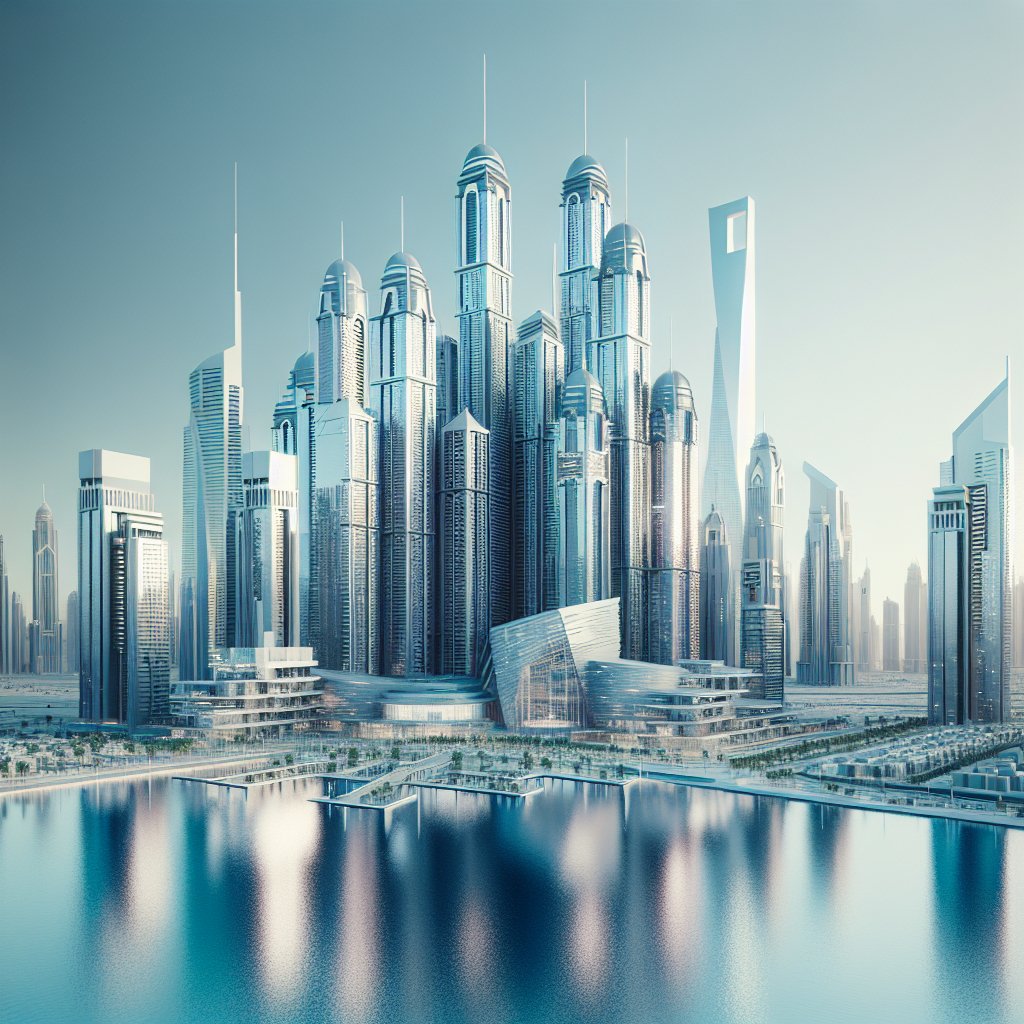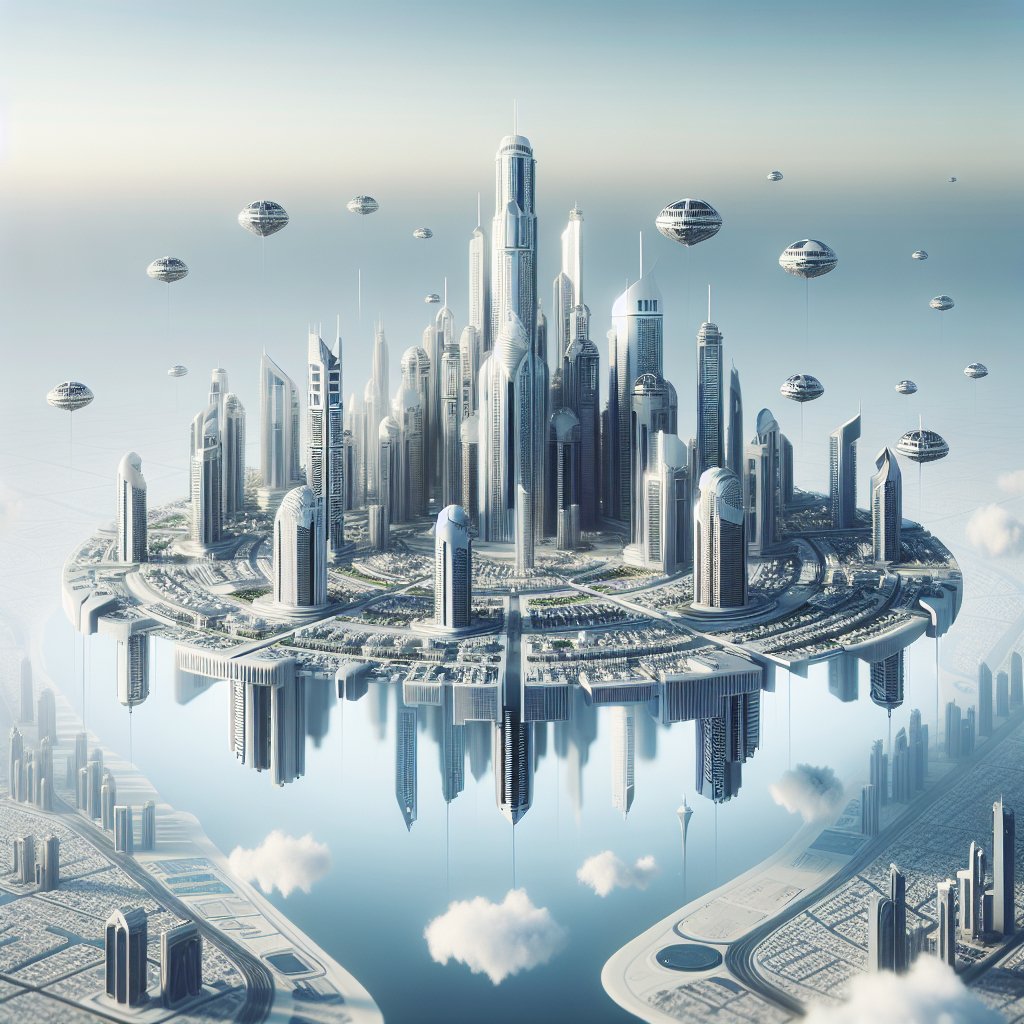Dubai, a city renowned for its opulence and architectural marvels, is increasingly turning its attention to sustainable design, particularly in the realm of green buildings. As the world grapples with the challenges of climate change and environmental degradation, Dubai is making significant strides in incorporating eco-friendly practices into its urban development.
The Rise of Green Buildings in Dubai
In recent years, Dubai has emerged as a leader in sustainable architecture, with a growing number of green buildings dotting its skyline. This shift towards sustainability is driven by a combination of government initiatives, technological advancements, and a growing awareness of the environmental impact of traditional construction methods.
One of the key drivers of this transformation is the Dubai Green Building Regulations and Specifications, introduced by the Dubai Municipality. These regulations set out mandatory requirements for new buildings, focusing on energy efficiency, water conservation, and the use of sustainable materials. The aim is to reduce the carbon footprint of the construction industry and promote a more sustainable urban environment.
Moreover, the Dubai Electricity and Water Authority (DEWA) has been instrumental in promoting green building practices through its Shams Dubai initiative. This program encourages the installation of solar panels on rooftops, allowing building owners to generate their own clean energy and reduce reliance on the grid. As a result, many new developments in Dubai are now incorporating solar energy systems as a standard feature.
Innovative Technologies and Materials
Dubai’s approach to sustainable design is not limited to regulatory measures; it also involves the adoption of cutting-edge technologies and materials. One notable example is the use of smart building systems, which optimize energy consumption through advanced sensors and automation. These systems can adjust lighting, heating, and cooling based on occupancy and weather conditions, significantly reducing energy waste.
In addition to smart technologies, Dubai is also exploring the use of innovative building materials that have a lower environmental impact. For instance, recycled and locally sourced materials are increasingly being used in construction projects to minimize the carbon footprint associated with transportation and manufacturing. Furthermore, the use of high-performance insulation and glazing materials helps improve the energy efficiency of buildings, reducing the need for artificial heating and cooling.
Another exciting development in Dubai’s sustainable design landscape is the integration of green roofs and vertical gardens. These features not only enhance the aesthetic appeal of buildings but also provide numerous environmental benefits, such as improved air quality, reduced urban heat island effect, and increased biodiversity. By incorporating greenery into urban spaces, Dubai is creating a more pleasant and sustainable living environment for its residents.
Challenges and Future Prospects
Despite the progress made in promoting sustainable design, Dubai still faces several challenges in its quest for greener buildings. One of the main obstacles is the high cost associated with implementing sustainable technologies and materials. While the long-term benefits of green buildings are well-documented, the initial investment can be a deterrent for developers and property owners.
To address this issue, the Dubai government is offering various incentives and subsidies to encourage the adoption of sustainable practices. These include tax breaks, grants, and low-interest loans for projects that meet specific green building criteria. Additionally, public awareness campaigns are being conducted to educate stakeholders about the benefits of sustainable design and the importance of environmental stewardship.
Looking ahead, the future of sustainable design in Dubai appears promising. The city is committed to achieving its ambitious sustainability goals, as outlined in the Dubai Clean Energy Strategy 2050. This strategy aims to make Dubai a global hub for clean energy and green economy, with a target of generating 75% of its energy from renewable sources by 2050.
As part of this vision, Dubai is investing heavily in research and development to explore new technologies and solutions for sustainable urban development. Collaborations with international experts and organizations are also being pursued to exchange knowledge and best practices in the field of green building design.
In conclusion, Dubai’s approach to sustainable design is a testament to its commitment to environmental responsibility and innovation. By embracing green building practices, the city is not only reducing its ecological footprint but also setting a benchmark for other urban centers around the world. As Dubai continues to evolve, its dedication to sustainability will undoubtedly play a crucial role in shaping a greener and more resilient future.
